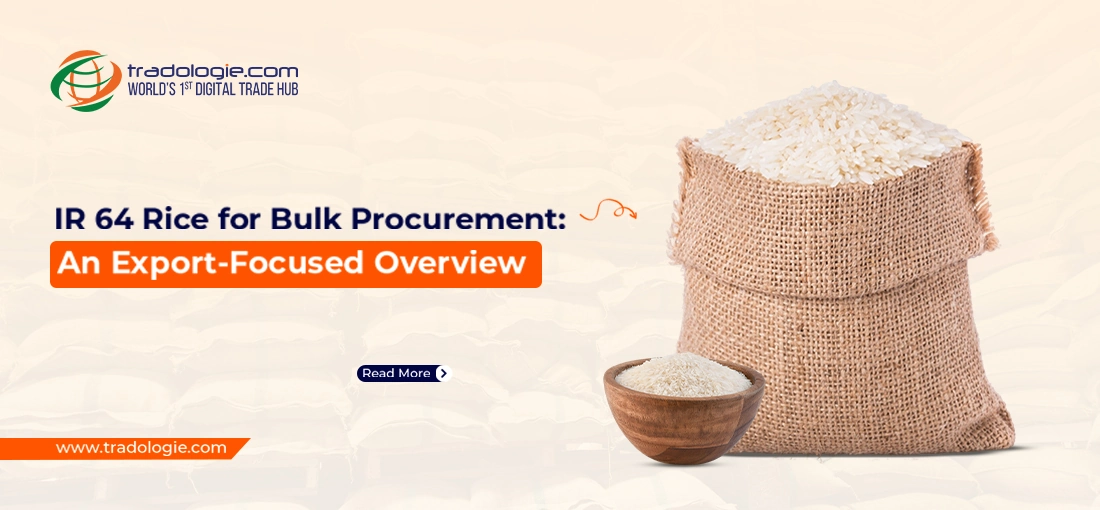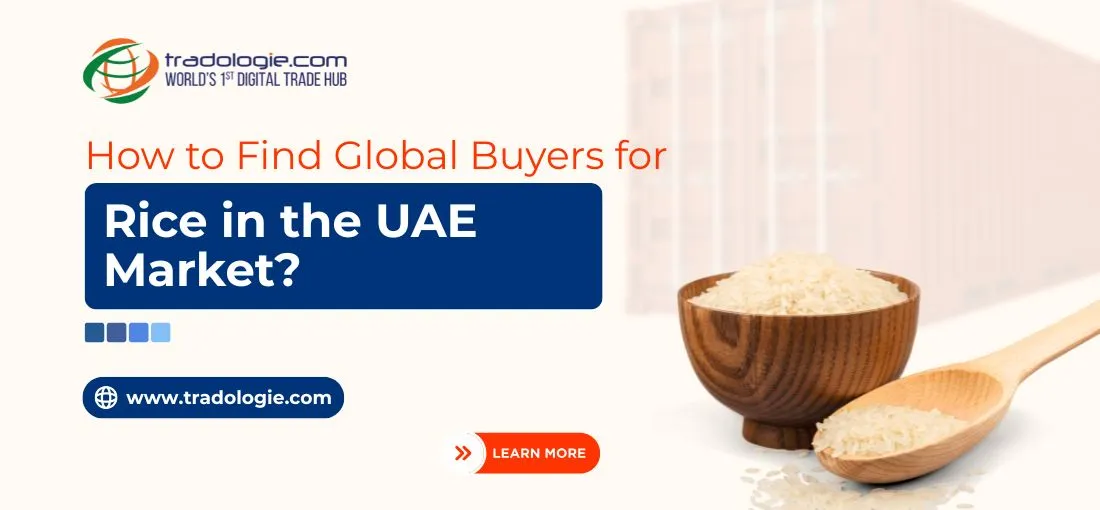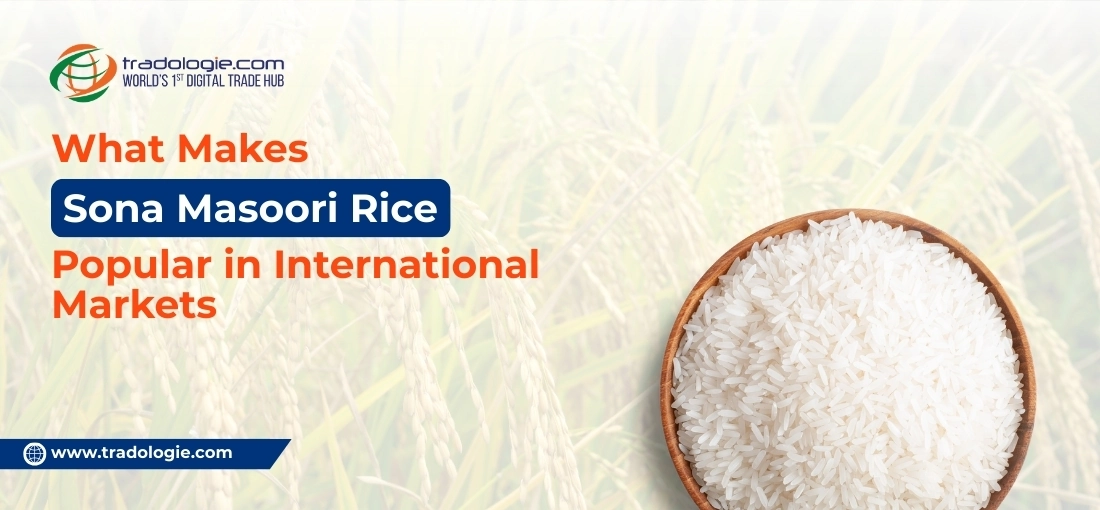Jasmine Rice vs. Basmati Rice: A Comparison of Varieties for International Importers
Behind every grain of aromatic rice lies more than just tradition—it reflects a complex interplay of geography, climate, post-harvest practices, and supply chain expertise. For global traders, importers, and food businesses, two varieties consistently stand at the top of the aromatic rice category: Basmati and Jasmine. While both enjoy high regard among the bulk rice buyers, they perform very differently in procurement, cooking applications, and contract fulfillment.
This article offers trade-focused clarity for those actively sourcing or distributing premium rice grades across regions.
Why Aromatic Rice Holds Its Value in the International Market
Basmati and Jasmine rice command premium shelf space not only because of their sensory appeal but also because they serve specific functions in global retail and food service ecosystems.
Basmati's signature long, slender grain and distinctive aroma make it ideal for cuisines where grain definition and visual presentation matter—think biryanis or plated entrees. Jasmine rice offers a softer texture with mild stickiness, suited to scooped dishes and curry-based meals typical in Southeast Asian menus On the other hand.
For bulk rice importers—whether sourcing for ethnic retail chains, airline kitchens, or institutional catering—the variety selected must align with end-use requirements. Misalignment often leads to quality disputes, inventory wastage, or consumer dissatisfaction.
Origin Still Defines Value: Geography as a Trade Factor
Origin is not a label—it's a benchmark in global commodity sourcing. Basmati rice is cultivated in specific regions of India and Pakistan, and its GI (Geographical Indication) protection ensures that what’s labelled ‘Basmati’ truly reflects its natural profile. This geographic integrity supports consistent sensory and functional properties and lowers the risk of counterfeit or adulterated supply for bulk rice buyers.
Jasmine rice follows a similar logic. Thailand remains the primary origin, with Cambodia as a secondary source. Thai Jasmine benefits from national quality control mechanisms, lending it a consistent reputation among institutional buyers and premium brands.
For the bulk rice importers, traceability is no longer optional. Verified origin matters just as much as lab-tested quality.
Market Size and Trade Performance: Where They Stand
As of 2024, the global Basmati rice market stood at USD 6.34 billion and is projected to reach USD 7.73 billion by 2034. This reflects modest but stable growth. The presence of organic, fortified, and ready-to-cook variants is expanding its footprint. This is particularly true in the UK, Middle East, and North America.
The Jasmine rice market which was valued at USD 5.2 billion is also expected to reach USD 7.8 billion by 2033. This speculation is faster than Basmati due to strong uptake in Asia and high usage in QSR and food service menus.
For traders, this reflects a clear bifurcation: Basmati continues to serve high-margin, diaspora-heavy markets, while Jasmine is gaining ground through institutional channels and lifestyle-driven consumption in urban centers.
Sensitivity to Supply Chain and Market Conditions
Price and shipment timelines for both Basmati and Jasmine are influenced by origin-specific variables. For instance, Basmati rice pricing is highly sensitive to India’s monsoon, export regulations, and currency fluctuations. The recent MEP (Minimum Export Price) policy in India reshaped forward contracts across major markets in the Gulf and Europe.
Jasmine rice pricing typically reflects Thai government stock release cycles, harvest performance, and export competitiveness. Its market has been relatively stable, with occasional swings tied to subsidy policies or weather disruptions.
Traders managing long-term procurement must monitor both policy signals and port logistics to avoid demurrage, off-spec loads, or delivery delays.
Functional Attributes in Commercial Kitchens
Performance matters as much as price—especially in the B2B context. Basmati elongates lengthwise and retains grain separation. This makes it the preferred grain for premium plated meals, ready-meal trays, and retail packs where presentation is critical. It is also used in a wide variety of dishes in the gulf countries Biryani, Mandi, Kabsa, Machboos etc.
Jasmine, with its soft and slightly sticky finish, is favored in meal kits, hospitality buffets, and food bowls. It binds well with gravies and reheats effectively without losing form.
This is why chefs, institutional kitchens, and R&D teams at food brands often specify rice type in procurement contracts. Functionality defines fit and the customers are the final ones who enjoy the flavors.
Final Word
Choosing between Basmati and Jasmine rice isn't just about taste—it's about sourcing logic, supply consistency, and functional fit. Each grain has its place in the international trade ecosystem, and understanding their distinctions helps importers and distributors avoid costly mismatches.
Whether you're contracting for institutional volumes or private label retail SKUs, matching rice grade to market intent is not just a good practice—it’s a commercial imperative.

.webp)



